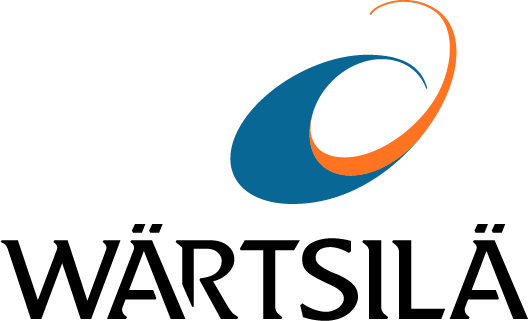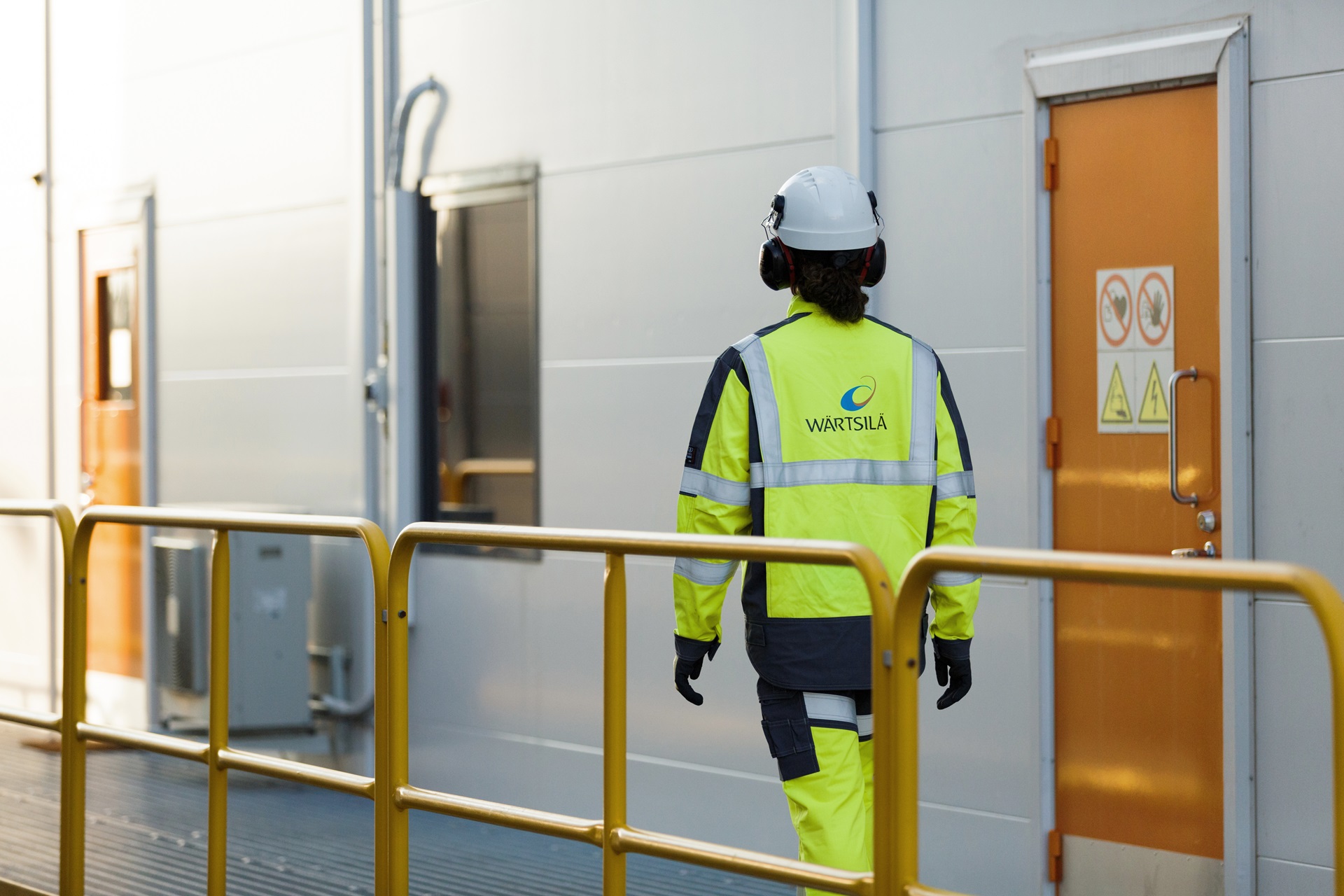

We hosted a strategy call with our CEO Håkan Agnevall on June 6. The CEO strategy calls aim to offer an opportunity to discuss Wärtsilä’s strategy and the progress of its implementation with the CEO. No material new information was disclosed during the call.
The recording of the call is available here.
Positive trends for Wärtsilä in 2025
As we move through 2025, Wärtsilä is set to continue its positive trajectory in both the Marine and Energy sectors.
In Marine, Wärtsilä’s key segments like cruise, ferries, specialty vessels and offshore are performing well. Decarbonisation efforts are supported by the IMO's proposal for a global carbon fee, with formal adoption expected in October 2025. If accepted, there will be the first global carbon fee for the whole marine industry. We are talking about a transformation of decades, not years, and multiples solutions are needed to back it up. There is strong demand for fuel efficiency solutions and significant potential in the service business. Tariffs are expected to have a limited impact on Marine, as shipyards and major ship owners are located outside of the US. However, geopolitical uncertainties and global trade changes pose risks.
In Energy, the demand for electricity is growing due to ongoing electrification. Renewable energy remains the most cost-effective method for electricity generation, though balancing power is needed. Data centres present a promising baseload opportunity due to delayed grid connections, Wärtsilä’s sweet spot being in the off-grid baseload power plants segment with high lifecycle value. Currently we have three data centre projects in the Europe and many discussions in the US going on. Tariffs are expected to have a limited impact on Energy, as we see strong demand in the US in some customer segments.
In Energy Storage, we have seen clear indirect impacts of the tariffs through very slow decision-making in the US, but we have strong presence in other markets, such as Australia and the UK.
New financial targets and organisational structure
During Q1, Wärtsilä announced the closure of the strategic review of Energy Storage and Optimisation. As a result, Energy was separated into two independent reporting segments. Effective from 1 April 2025, Wärtsilä has three reporting segments: Wärtsilä Marine, Wärtsilä Energy, and Wärtsilä Energy Storage. Portfolio Business continues to be reported as other business activities. The change in the reporting structure will be reflected in Wärtsilä’s financial reporting starting from the second quarter of 2025.
As a result of their solid profitability improvement and to better reflect the new organisational structure, Wärtsilä’s Board of Directors approved the company’s new combined financial targets for Marine and Energy, and separate new financial targets for the Energy Storage businesses, as the following:
- Marine and Energy, combined financial targets: 5% annual organic growth and 14% operating margin
- Energy Storage, financial targets: Low double-digit annual organic growth and 3-5% operating margin
- Group, financial targets: Gearing below 0.5 and distributing a dividend of at least 50% of earnings
Operating margin targets are long term targets. In the short term, selective entry to new markets and related investments are expected to burden Energy Storage profitability.
Service business the key enabler for growth and profitability improvement
We continue moving customers up on the service value ladder and see continued opportunities in the decarbonisation driven retrofits and conversions. Our service agreement renewal rate is over 90% and book-to-bill over 1 in all service streams both in Marine and Energy. We recently launched our carbon capture solution, which is a promising retrofit solution to support decarbonisation.
Q&A
How much do you have capacity in Vaasa?
Wärtsilä’s engine manufacturing is centralised in Sustainable Technology Hub in Vaasa. It is a flexible facility with still room for scaling.
How do you see the new regulation following the proposal of MEPC 83 impacting your business?
If the proposal is approved, the new regulation will come into effect in 2028. In Marine, the lifetime of a vessel can be 25 years, which means that there will be implications for both existing fleet as well as new investments, as vessel owners do not want to end up with stranded assets. As the time horizon is long, there will surely be other changes in the regulation as well. Fuel flexibility is an important feature, which bring opportunities for both retrofits as well as for new build.
What is Wärtsilä’s potential and competitive edge in data centres?
In data centres, Wärtsilä is targeting off-grid baseload opportunities through third-party Energy Centres and IPPs. The US and Europe are focus regions, with good potential through IPPs in the US and our existing partnership with AVK-SEG in Europe. We expect Wärtsilä medium-speed engines to be competitive with gas turbines in data centre/energy centre applications due to shorter lead times, higher reliability, and the modularity of our engines. When compared to aeroderivative gas turbines, engines offer fuel flexibility and higher fuel efficiency, and they can achieve higher capacity factors. Finally, the installation size for off-grid baseload data centres (50-400 MW) is well suited to the sweet spot at which engines are most competitive.
We have said that we have active discussions in the US going on. It is good to note, that discussions and investment decisions take time.